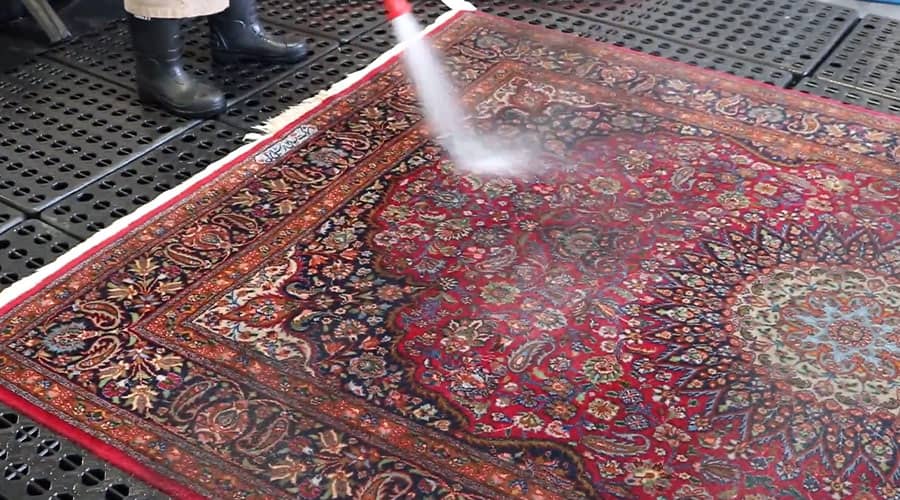When a carpet gets flooded, acting fast is key. Leaving a soaked carpet can lead to mold, mildew, and even structural damage. Quick action not only protects your home but also keeps your family safe from potential health risks. Follow these steps to dry your carpet properly and avoid long-term issues.
1. Safety First: Preparing the Area
Before you start drying the carpet, make sure the area is safe.
- Unplug any electrical devices near the wet area to avoid electrical hazards.
- Move furniture away from the carpet to prevent further water damage to your belongings.
- Wear gloves and protective gear to protect yourself from bacteria or contaminants in the water, especially if it’s from a flood or sewage backup.
2. Extracting Water from the Carpet
Removing as much water as possible is the next step.
- Use a wet/dry vacuum if you have one, as it’s the quickest way to get rid of standing water. Move the vacuum slowly over the wet area to ensure you’re pulling out as much water as possible.
- If a wet/dry vacuum isn’t available, use towels to soak up the water. Press the towels firmly on the carpet, and replace them when they become soaked. Continue until the carpet feels less damp.
3. Drying the Carpet: Airflow Techniques
Now that the water is extracted, it’s time to speed up the drying process.
- Open windows and doors to allow fresh air in and improve ventilation.
- Set up fans around the room, directing airflow over the carpet to dry it faster. High-powered fans work best, but any fan can help.
- Use a dehumidifier if you have one, as it will pull moisture from the air, helping the carpet dry and reducing the risk of mold growth.
4. Treating Carpet with Antimicrobial Solutions
To prevent mold and bacteria, it’s a good idea to use an antimicrobial solution on the carpet.
- Lightly spray an antimicrobial cleaner over the wet area.
- Be sure to test a small area first to make sure it doesn’t cause discoloration on your carpet.
- This step will keep your carpet sanitized and prevent odors.
5. Lifting the Carpet and Replacing Padding
In most cases, it’s best to lift the carpet and check the padding underneath.
- If the padding is soaked, it should be replaced. Wet padding can hold water and lead to mold, even if the carpet itself feels dry.
- Carefully lift the carpet and remove any wet padding underneath. You may need a professional to help if you’re unsure how to reinstall the carpet properly.
6. Final Drying and Cleaning Process
Once the carpet is mostly dry, finish with a deep clean.
- Steam clean the carpet to remove any lingering dirt, bacteria, and odors. This will also refresh the carpet fibers and improve its appearance.
- Let the carpet dry fully after cleaning. Continue using fans and ventilation to ensure there’s no moisture left.
7. Inspecting for Damage and Signs of Mold
After drying, inspect the carpet for any signs of damage.
- Check for any musty smells, discoloration, or spots that look unusual. These are signs of mold or mildew.
- If you notice any of these signs, it’s best to reach out to a professional for further cleaning or replacement.
Conclusion: When to Seek Professional Help
Drying a flooded carpet is essential for protecting your home and health. Following these steps can help you dry your carpet effectively, but sometimes, the damage may be too extensive to handle alone. If the water damage is severe, or if you see signs of mold, it’s best to call in a professional carpet cleaning service.
For reliable help, reach out to Carpet Cleaner Vancouver at Shenasi Carpet. We specialize in thorough, effective carpet cleaning, ensuring your carpet is safe and looking fresh again. Call Shenasi Carpet today to make sure your carpet gets the best care possible!

